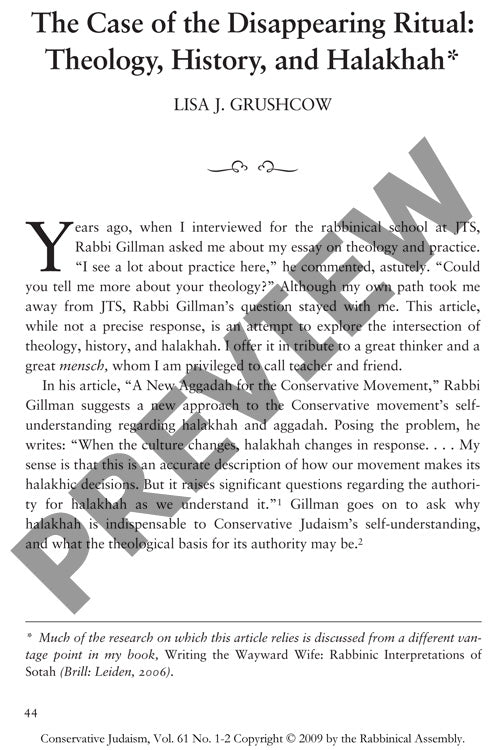The Case of the Disappearing Ritual Theo
Couldn't load pickup availability
When the ancient ritual of *sotah* - a dramatic ceremony testing wives suspected of adultery - vanished from Jewish practice, rabbis attributed its demise to moral decline. Yet this explanation reflects a broader pattern in how religious authorities framed legal changes during late antiquity. Through comparative analysis of tannaitic sources and Greco-Roman texts from the first and second centuries CE, striking parallels emerge between rabbinic and classical authors' tendency to interpret social transformation as deterioration rather than progress. The *sotah* ritual, detailed in Numbers 5:11-31 and elaborated in rabbinic literature, was performed when husbands suspected adultery but lacked witnesses. Its cessation, traditionally credited to Rabbi Yohanan ben Zakkai's response to widespread adultery, exemplifies how rabbis consistently explained legal modifications through narratives of societal decay. Textual analysis of writings by Seneca, Horace, Tacitus, and Josephus reveals this negative framing of change was deeply rooted in the cultural context of antiquity rather than theological necessity. These findings suggest modern liberal Judaism should reconsider inherited paradigms of legal evolution, opening possibilities for positive frameworks of halakhic development that better serve contemporary Jewish communities embracing transformation and progress.

More Information
-
Physical Description
-
Publication Information
Published 2008-2009
ISBN
-
Publication Credits
Lisa Grushcow

